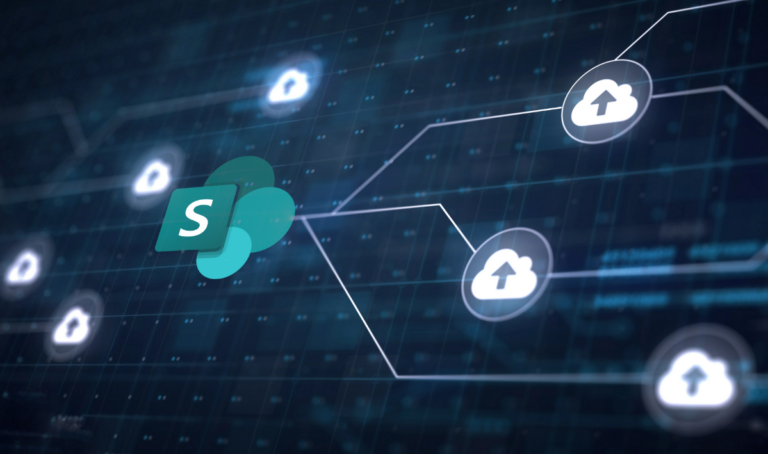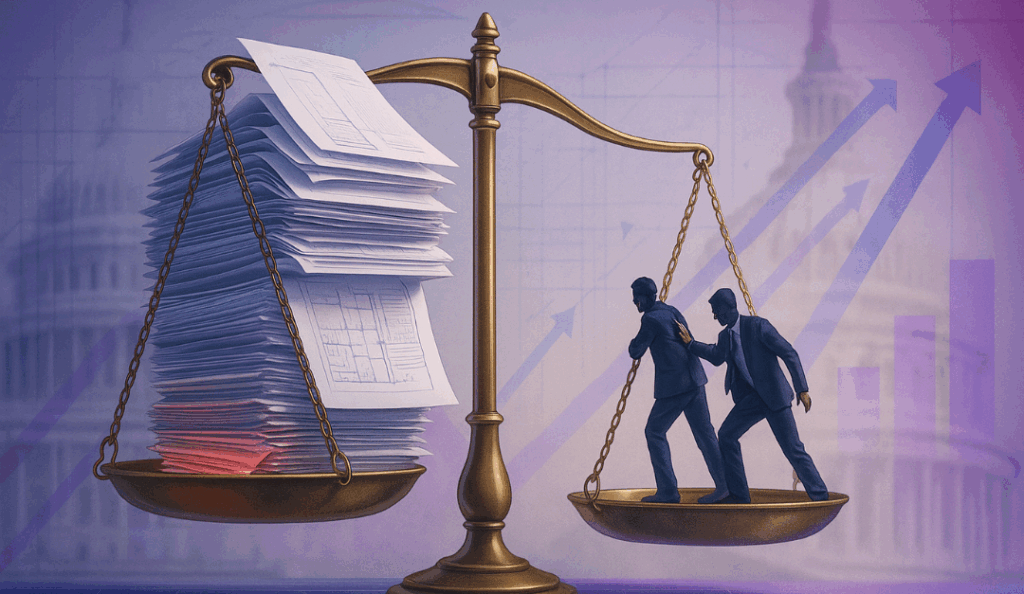As part of VisibleThread’s GovCon Trailblazer Series, Sheli Sandel and Natasha Adams of Wicked Point delivered a comprehensive session on data management best practices, particularly using Microsoft SharePoint. Their insights shed light on how efficient content management not only streamlines proposal development but also enhances the accuracy of artificial intelligence (AI) generated outputs. Below is a summary of the key takeaways from the session.
Why is Content Management Important for GovCon?
Data management is the backbone of any successful government contractor. Efficient systems help reduce time spent searching for documents, ensuring that high-quality content is accessible, accurate, and easily referenced. More importantly, it prevents the risk of losing organizational knowledge as personnel change roles or leave the company.
The Crucial Role of SharePoint in Data Management
While tools like Microsoft Teams and OneDrive are often used, Sandel and Adams highlighted that these platforms lack the comprehensive functionality needed for corporate-level content management. SharePoint, however, offers powerful features such as metadata tagging, advanced search, real-time collaboration, and detailed version history—all of which are critical to managing vast amounts of data efficiently.
Key Features of SharePoint:
- Centralized Dashboard: A single point of entry for all content, reducing the need for users to hunt for documents.
- Customizable Metadata and File Structures: These help create organized, easy-to-navigate collections of documents that make data retrieval quick and reliable.
- Version Control: Enables teams to view previous versions of files, ensuring consistency and reducing errors in proposal documents.
- Security: SharePoint’s extensive security options are crucial for government contractors, ensuring compliance and protecting sensitive information.
The system isn't gonna work unless everybody is using it and using it correctly. So it takes some education and some enforcement, and we really encourage folks to hold the line, and enforce the processes that you're implementing.
Michele Sandell, Partner, WickedPoint
Avoid Common Pitfalls: Best Practices for SharePoint
Many organizations using SharePoint are not leveraging its full potential. WickedPoint shared their top ten best practices, focusing on the most impactful strategies:
- Single Point of Entry: Consolidate access through a centralized dashboard.
- Clear Navigation: Ensure consistent, clear navigation to improve user experience.
- Limit Folder Structures: Over-nesting folders leads to confusion. Instead, opt for metadata tagging.
- Leverage Metadata: Proper tagging helps with content sorting, filtering, and searching—essential for both users and AI.
- Role-Based Security: Use role-based permissions to protect sensitive data and prevent unauthorized access.
Organizations serious about driving value from AI or GenAI must bite the bullet on proper information architecture. At a minimum, this requires clean folder structures, consistent file naming conventions, scrubbing draft documents, and up-to-date tagging.
Fergal McGovern, CEO & Founder, VisibleThread
How Does Proper Content Management Enhance AI?
For organizations adopting AI, content management becomes even more critical. The famous saying “garbage in, garbage out” applies here. If your data is disorganized or outdated, AI outputs will reflect those inaccuracies. Clean, well-structured, and properly tagged data ensures that AI models can generate reliable and relevant insights.
By leveraging SharePoint’s metadata and tagging features, AI can process and analyze data more efficiently, leading to more accurate and actionable results for proposal development.
Key Takeaway: Start Small, But Start Now
One common challenge is transitioning legacy data into a modern system. WickedPoint recommended a gradual approach: start by organizing the most recent proposals and progressively migrate older files. Creating standardized naming conventions, metadata fields, and adopting consistent processes ensures that your data management strategy is scalable and ready to accommodate future growth.
Final Thoughts
This webinar provided valuable insights into optimizing data management for GovCon, with a clear focus on using SharePoint as a powerful tool. Whether you’re just starting your data management journey or looking to optimize your current setup, adopting these best practices will help you ensure efficient proposal processes, better compliance, and more effective AI utilization.




